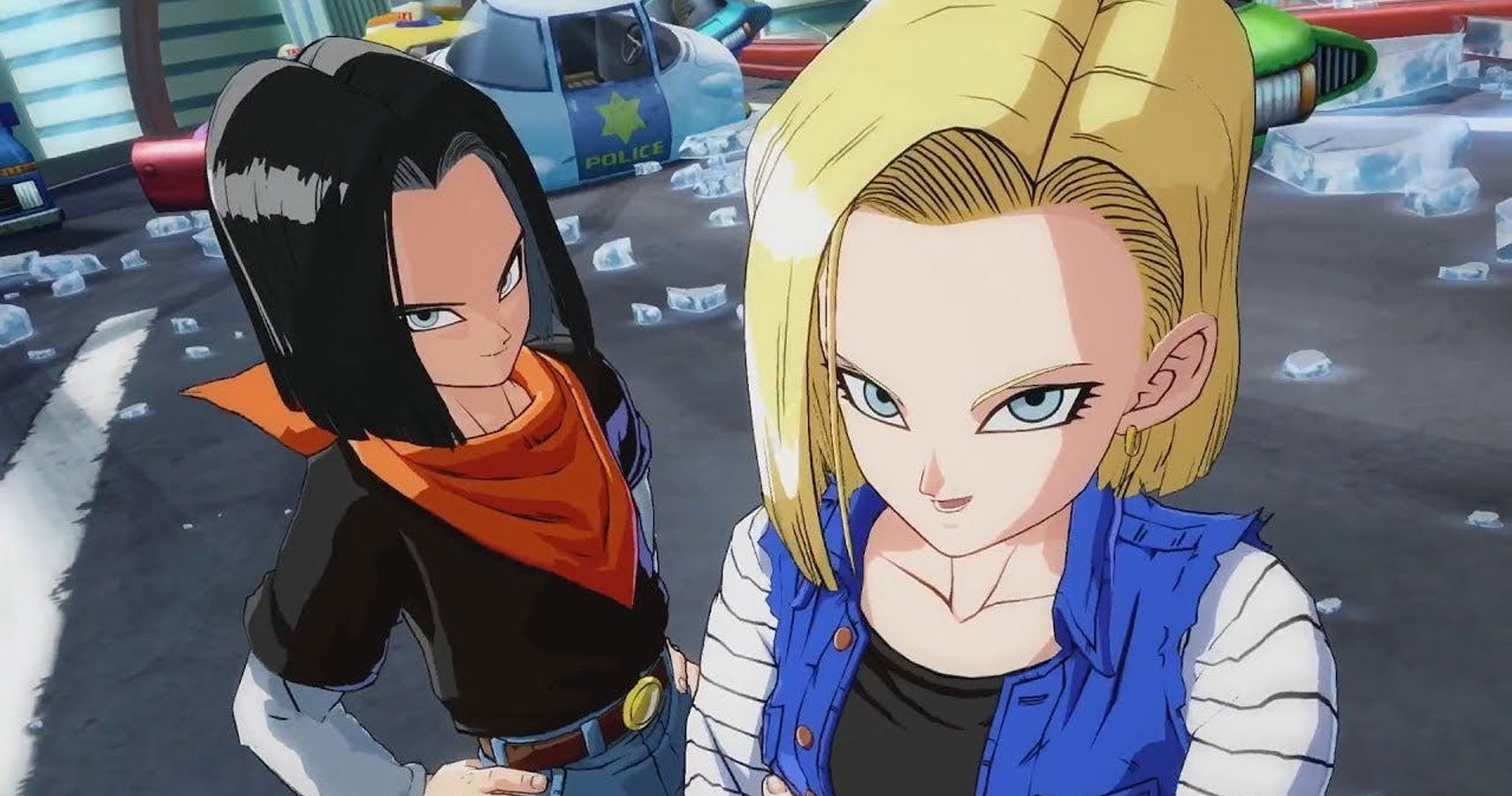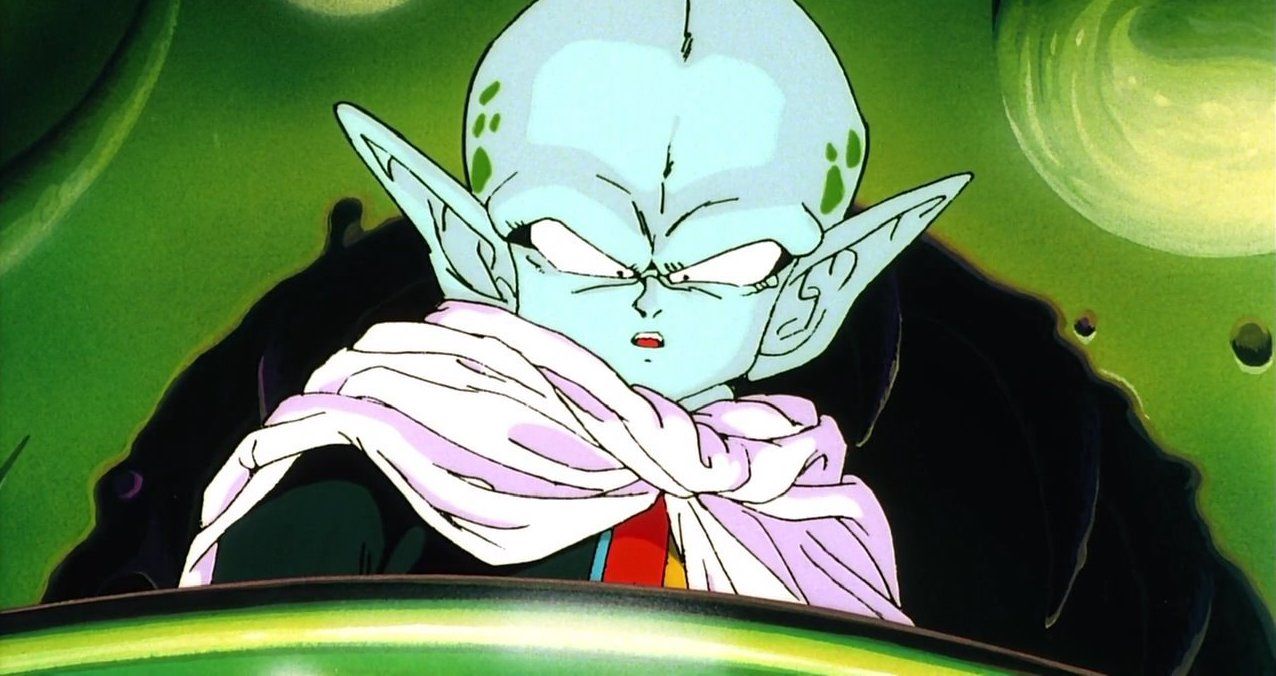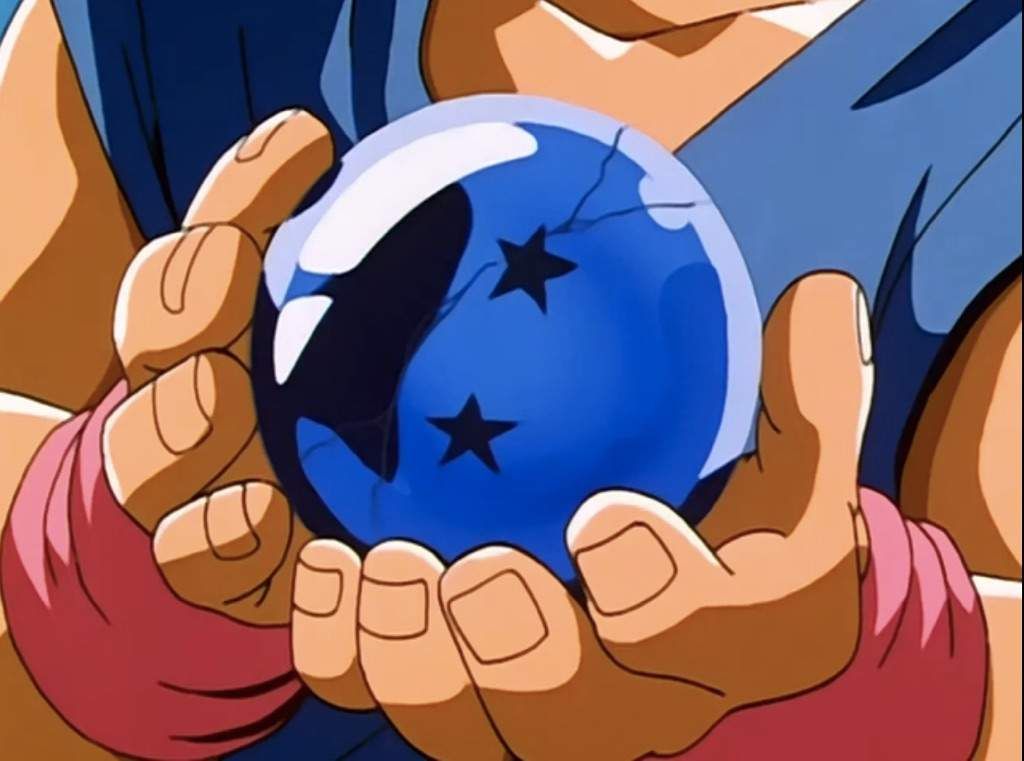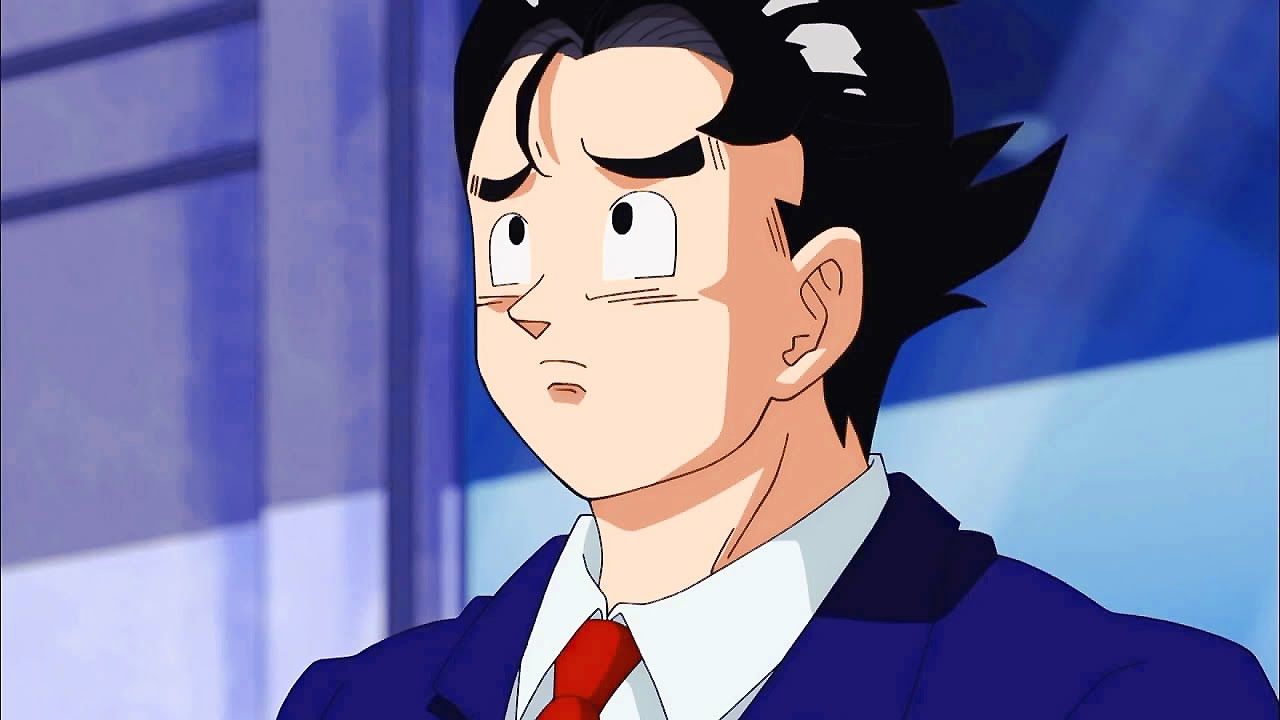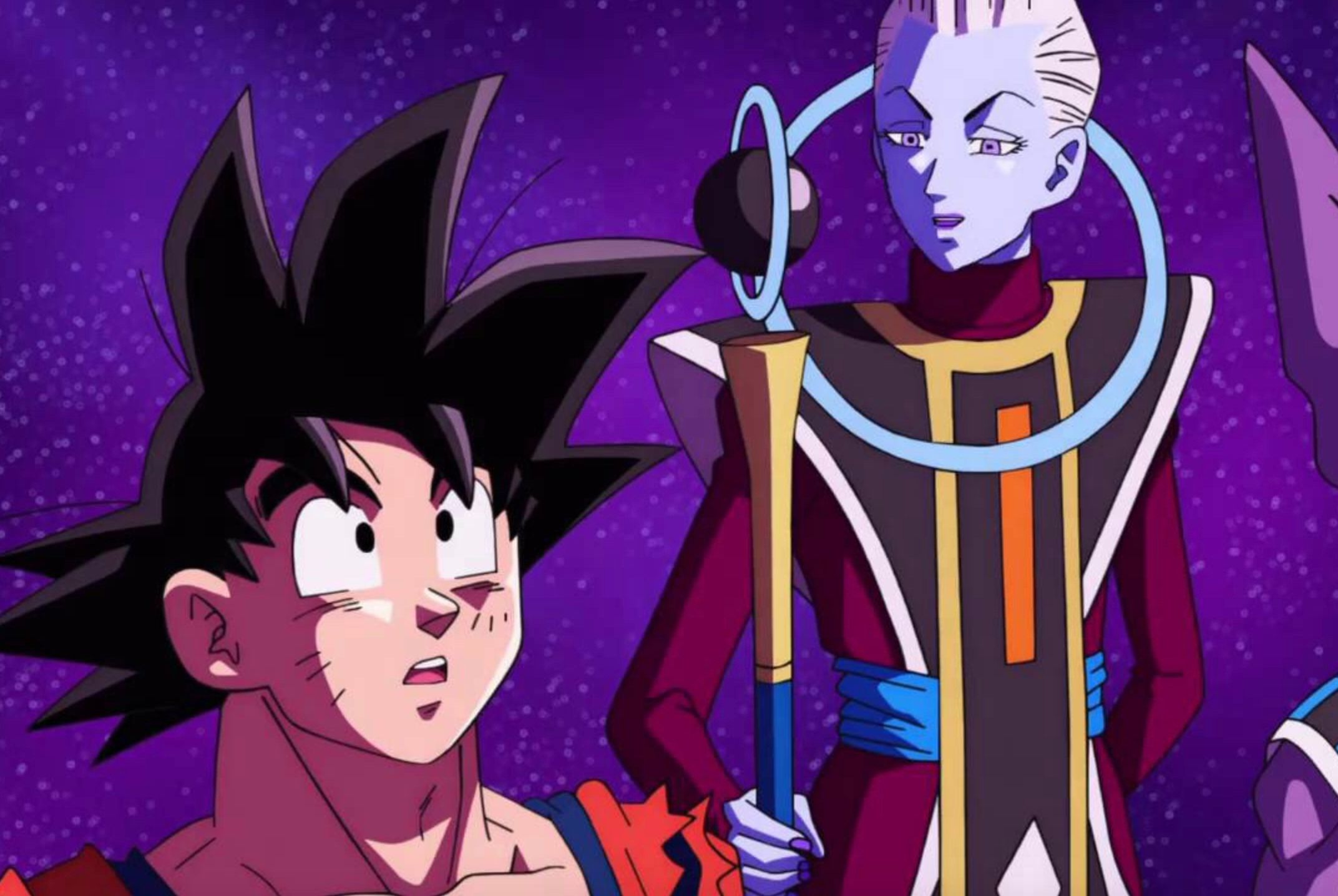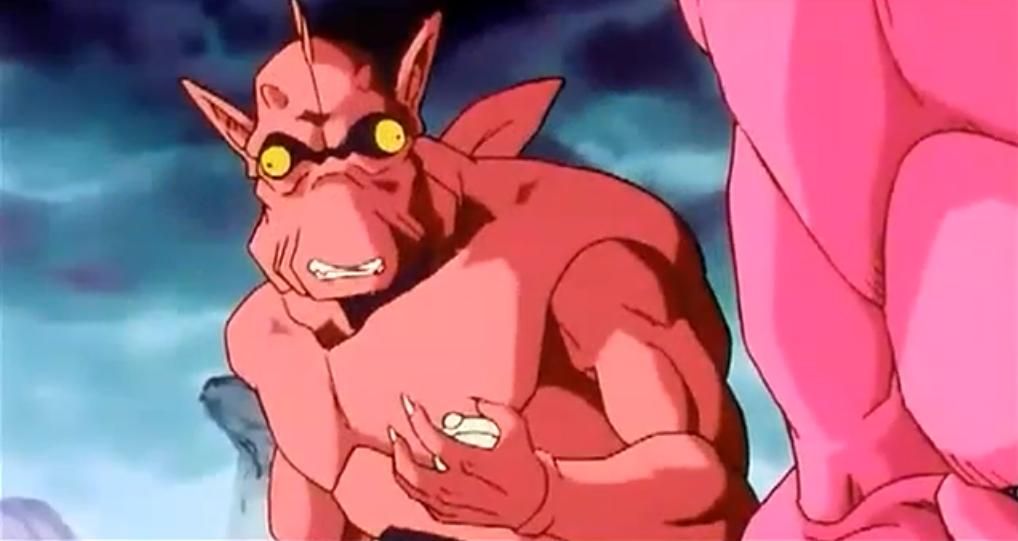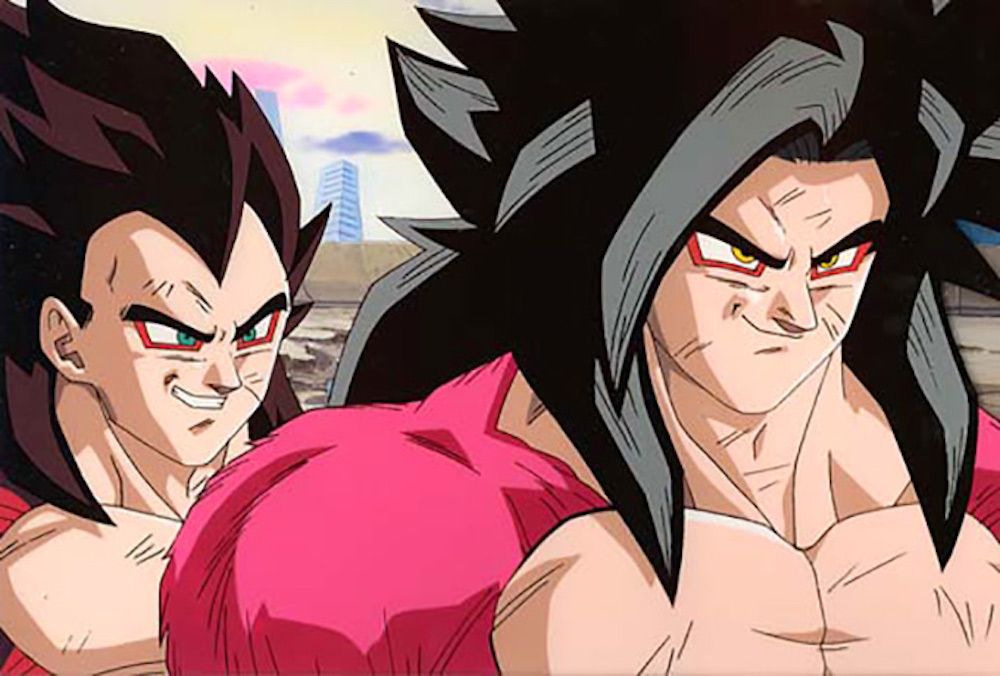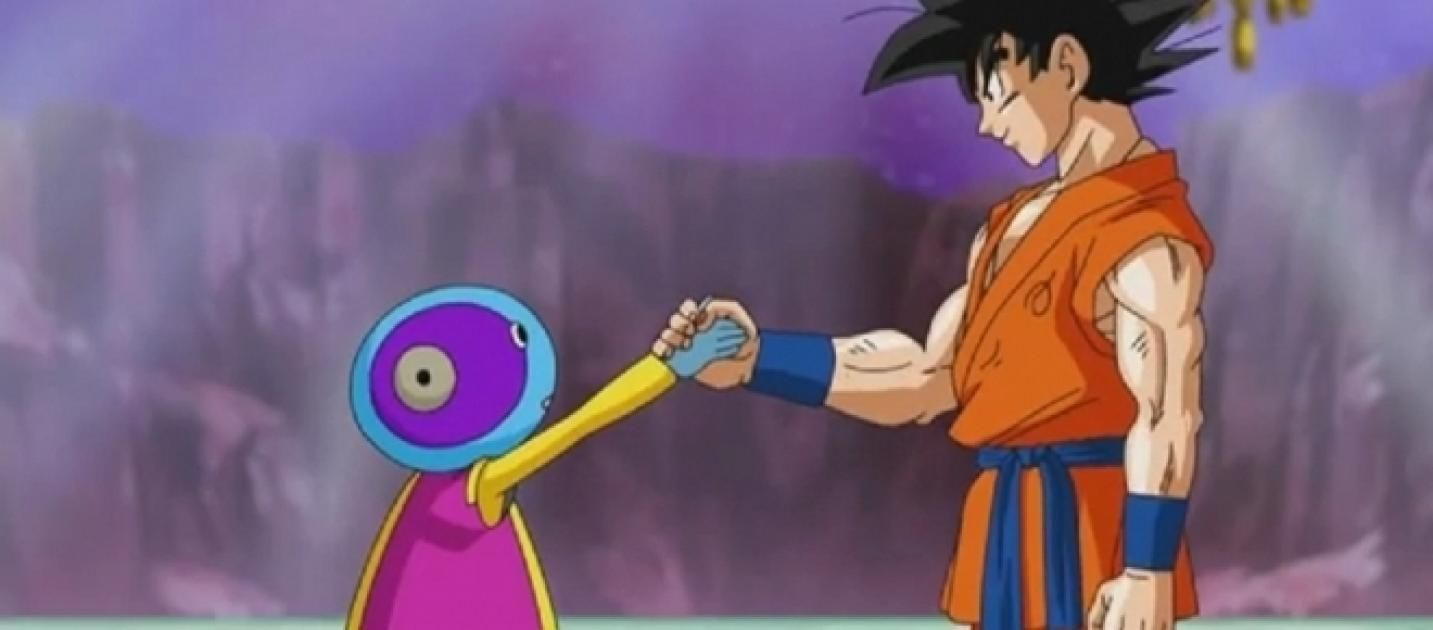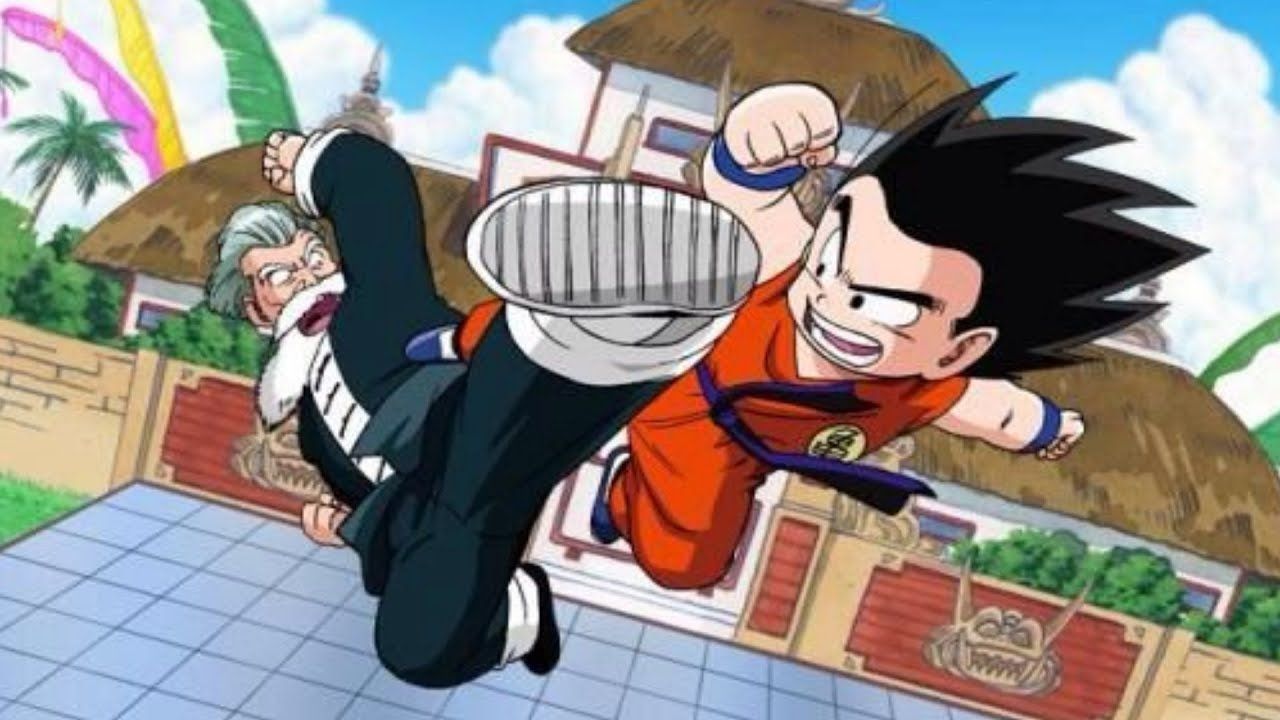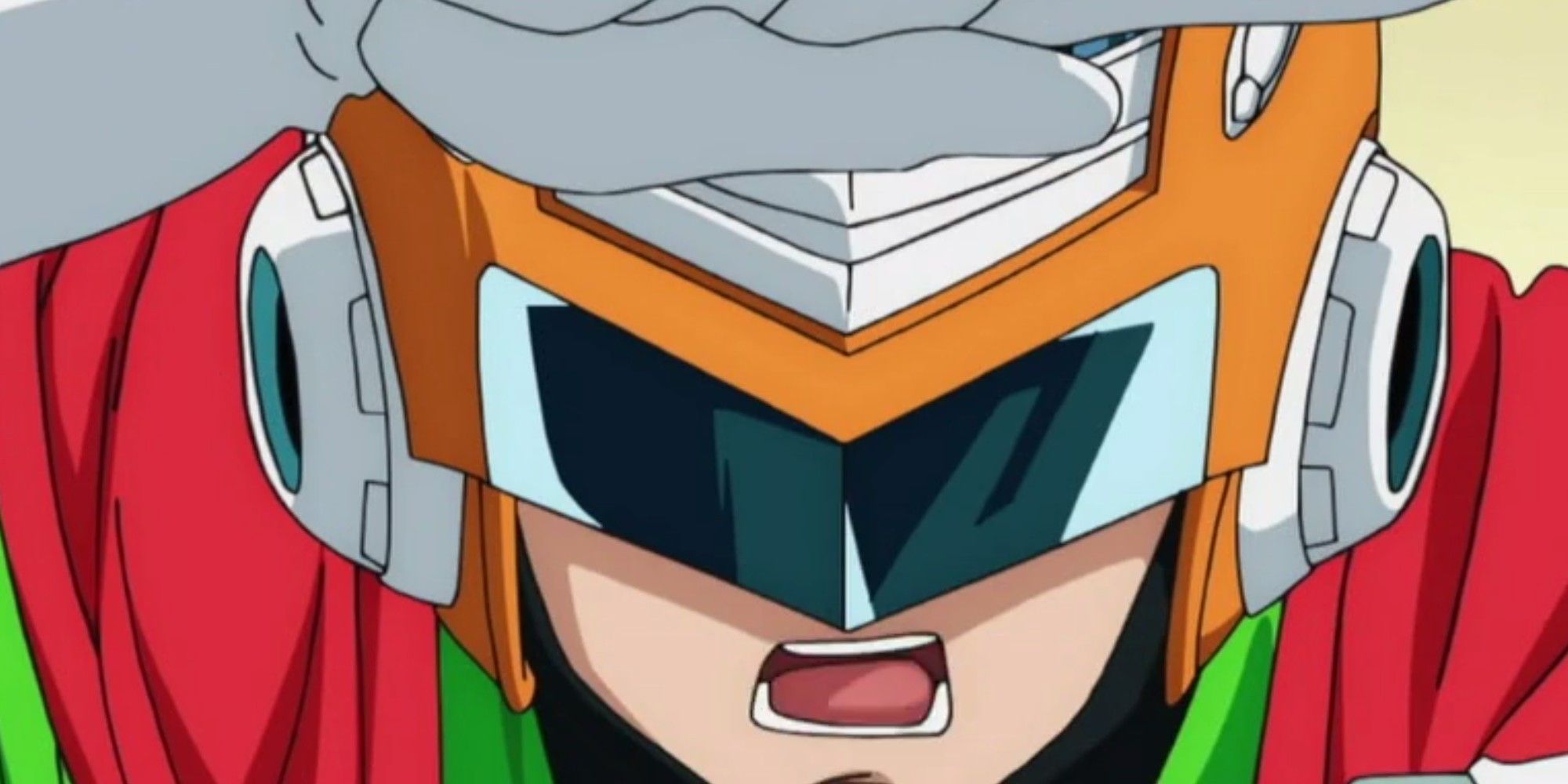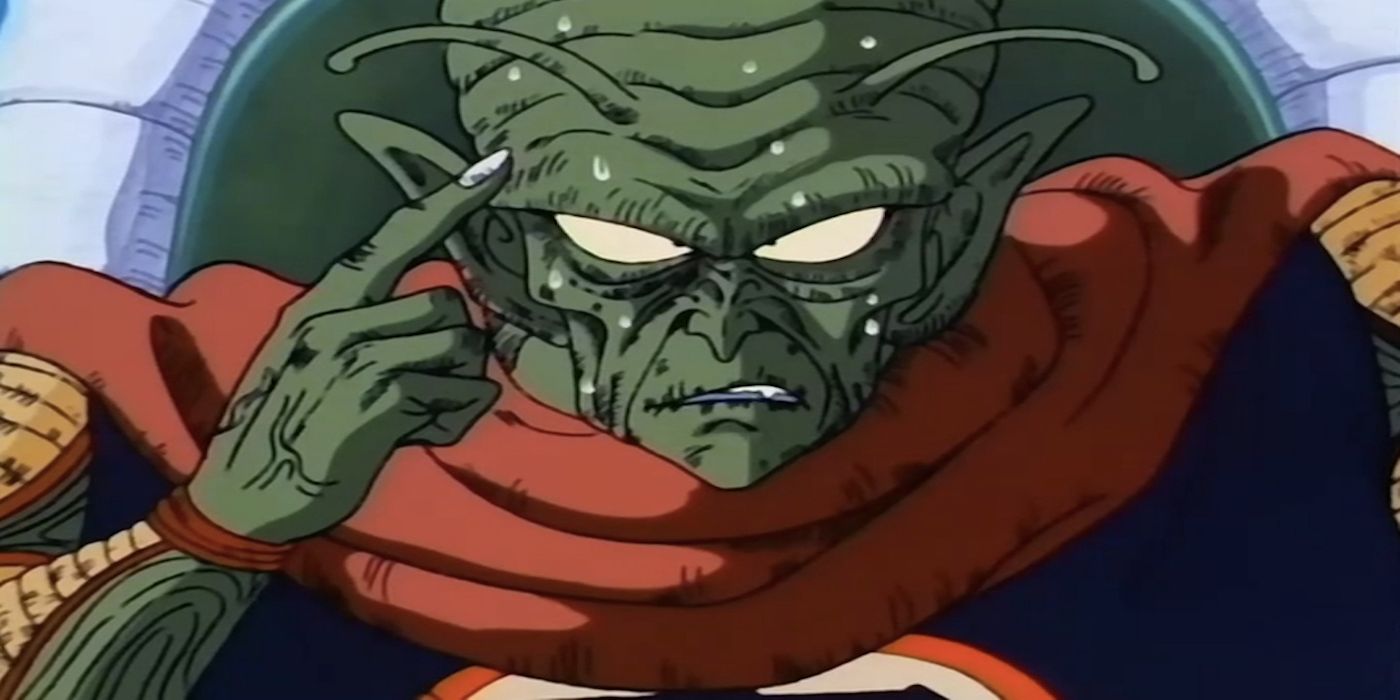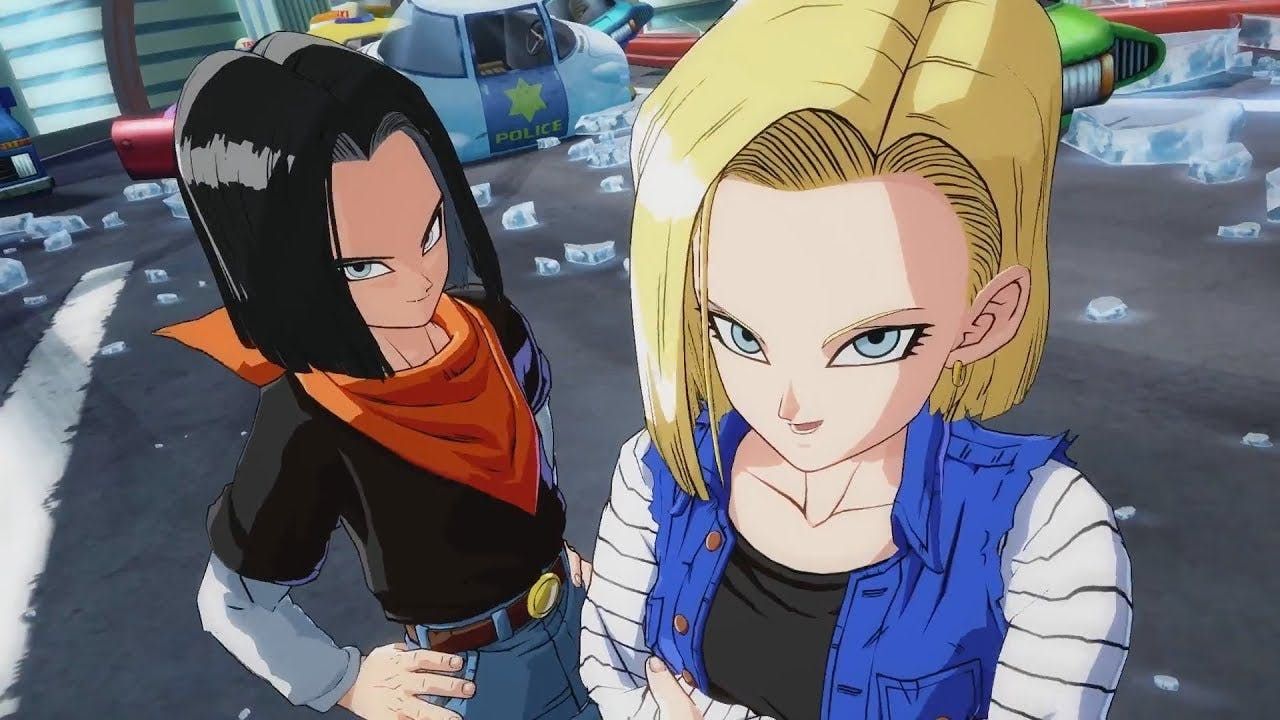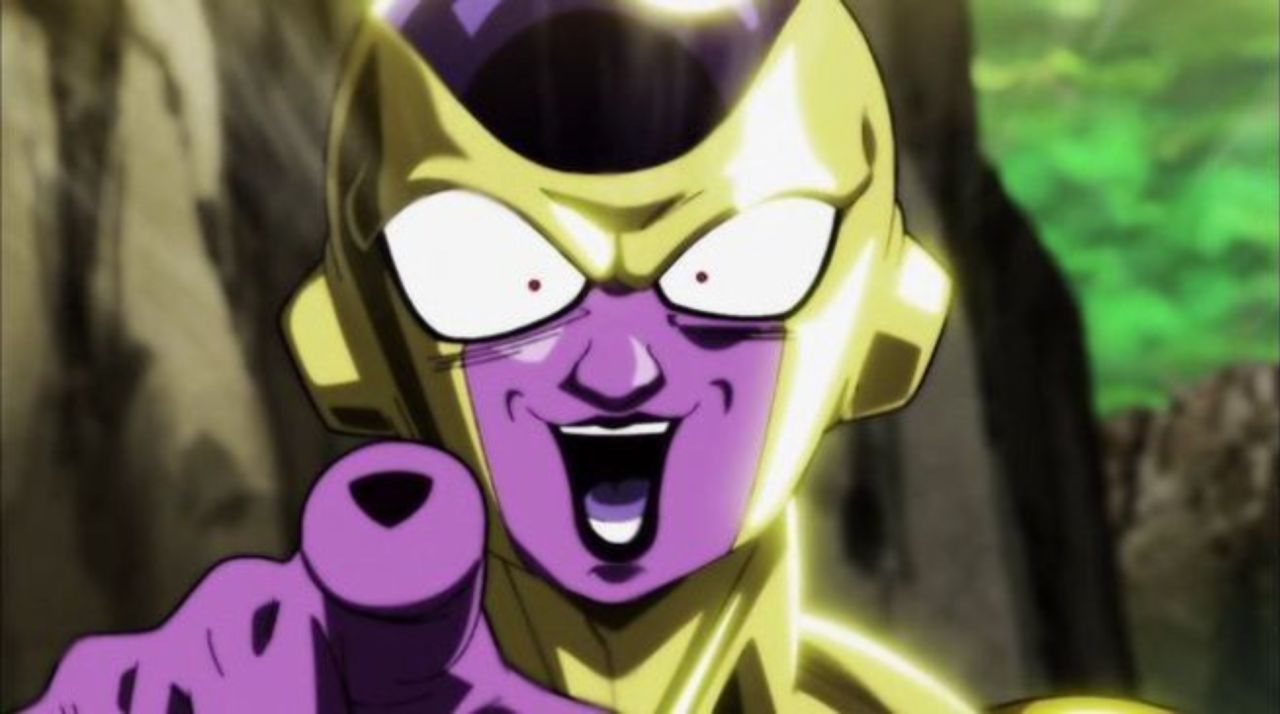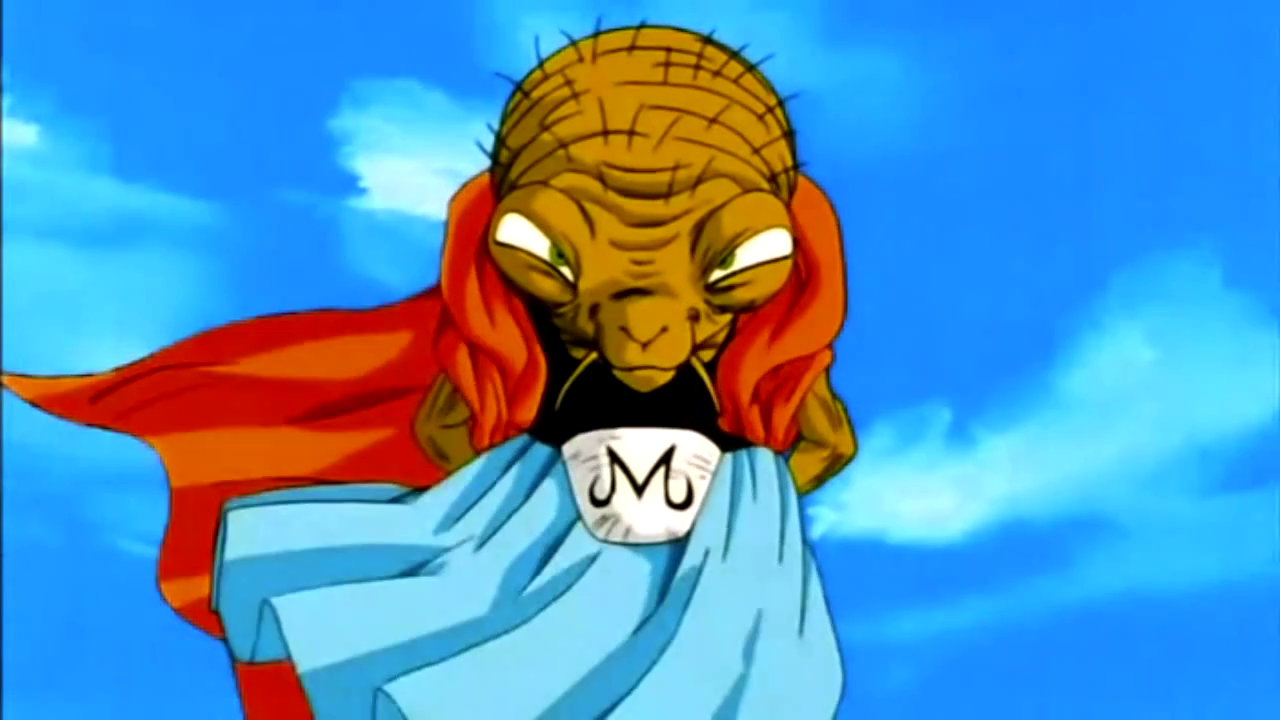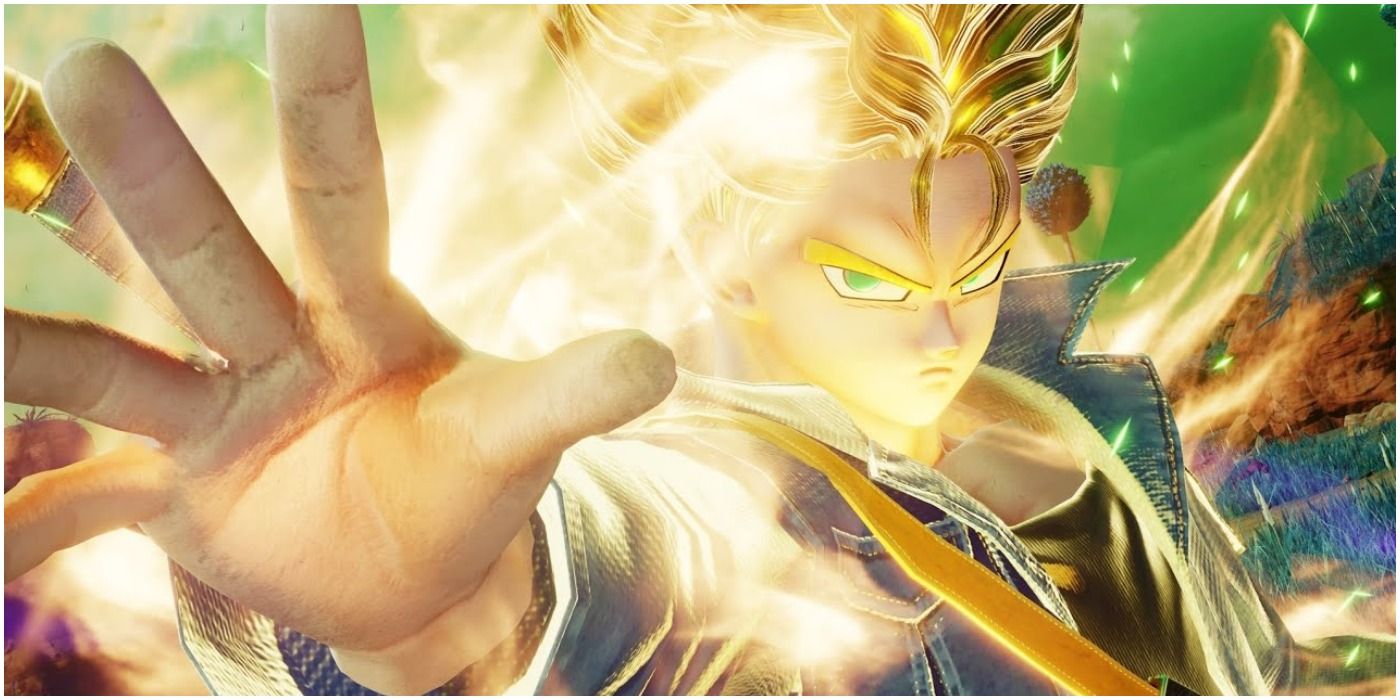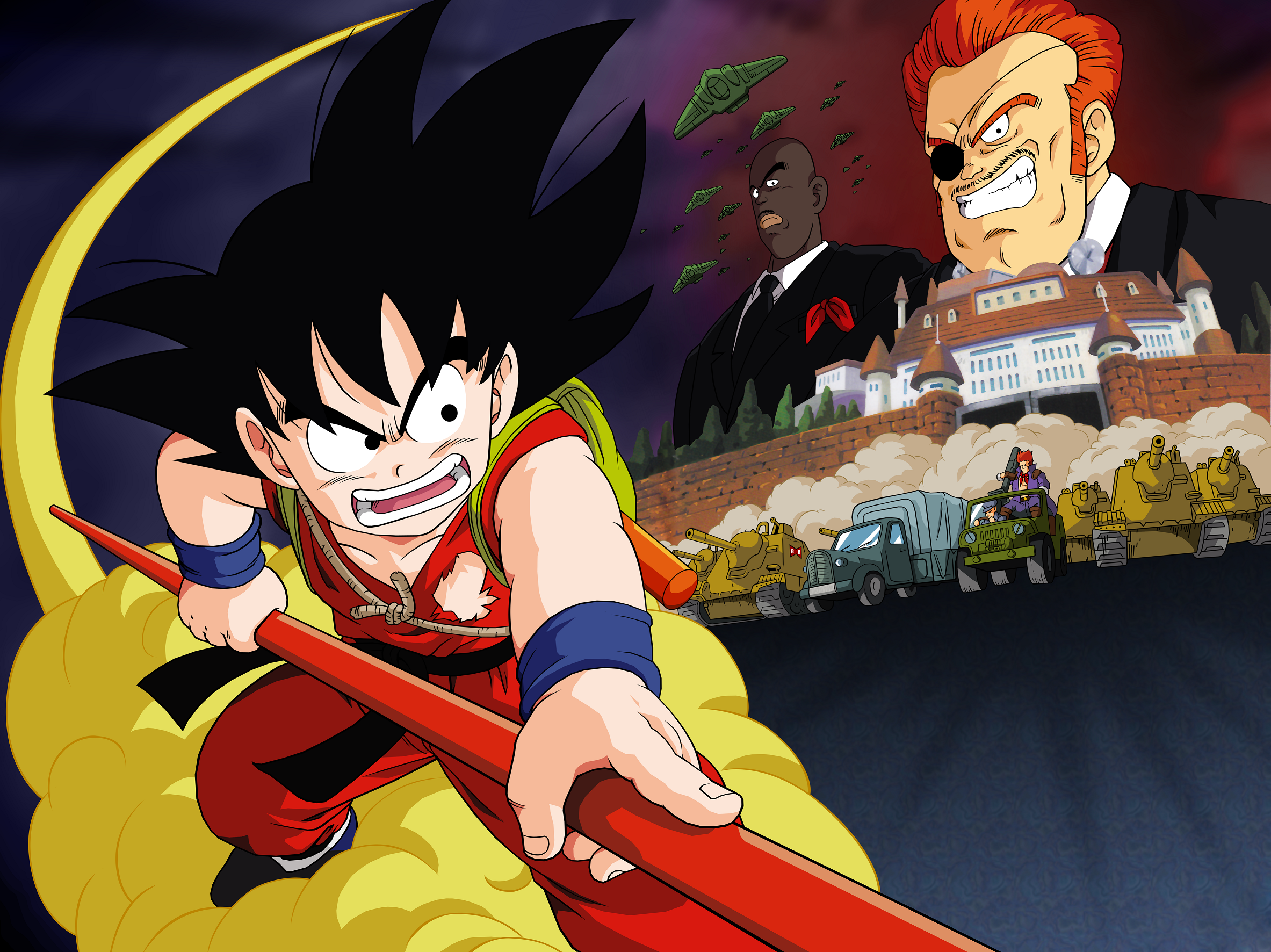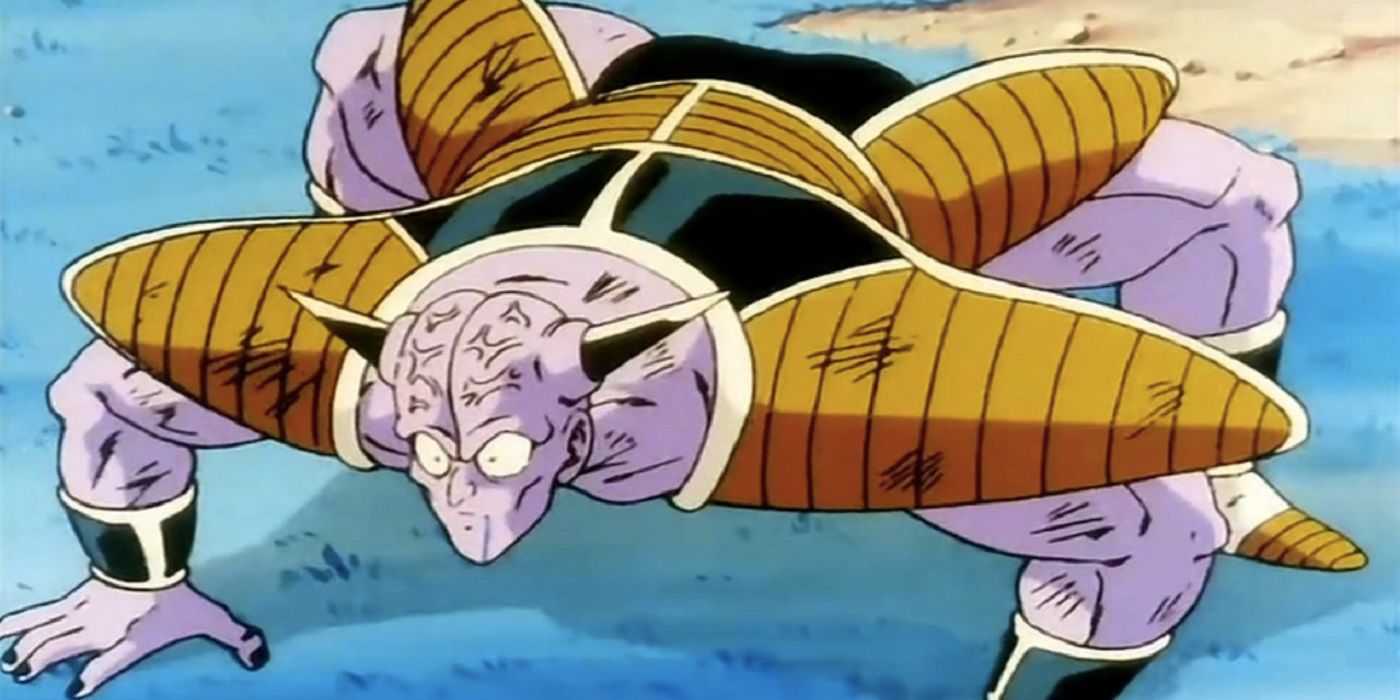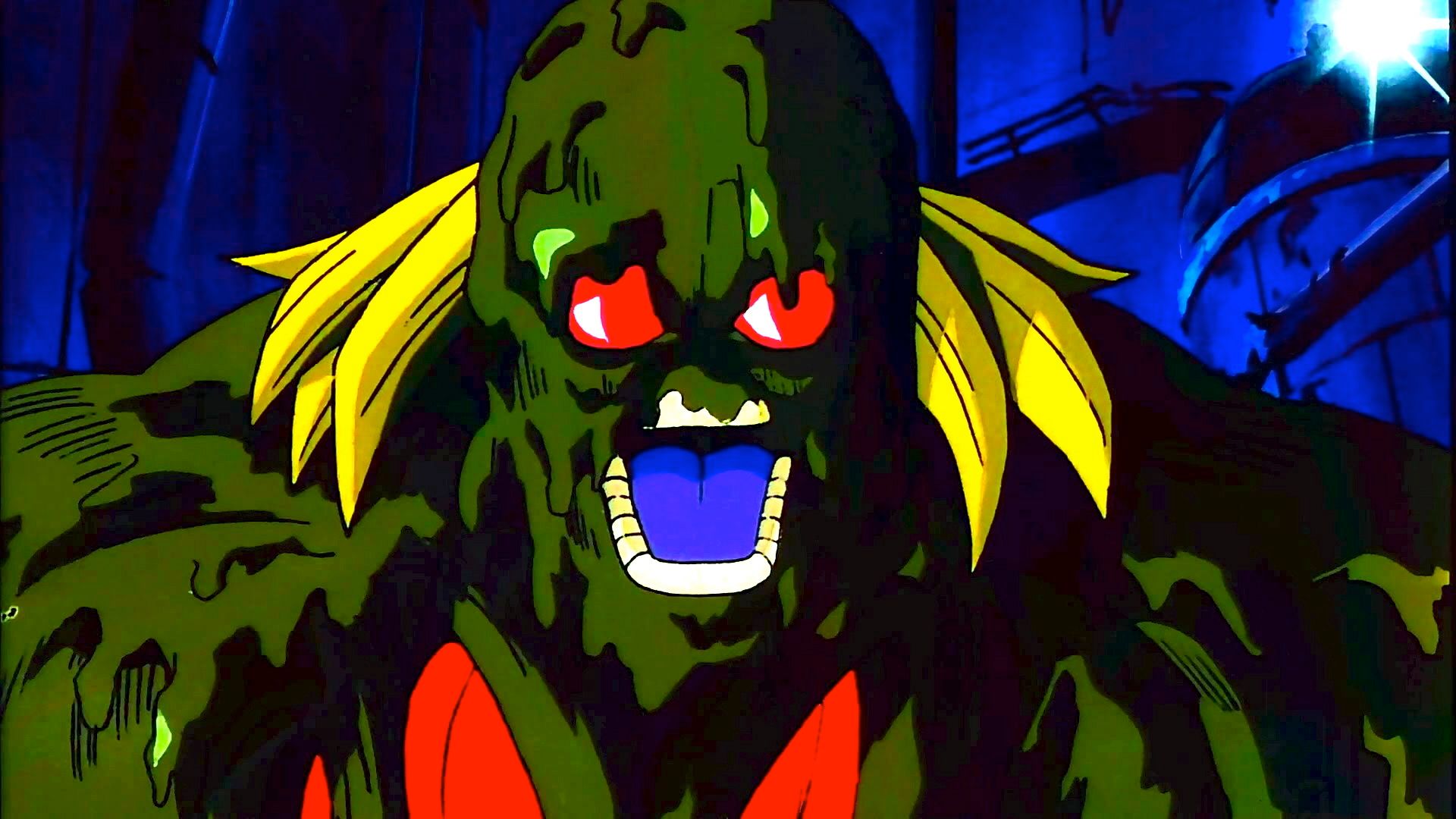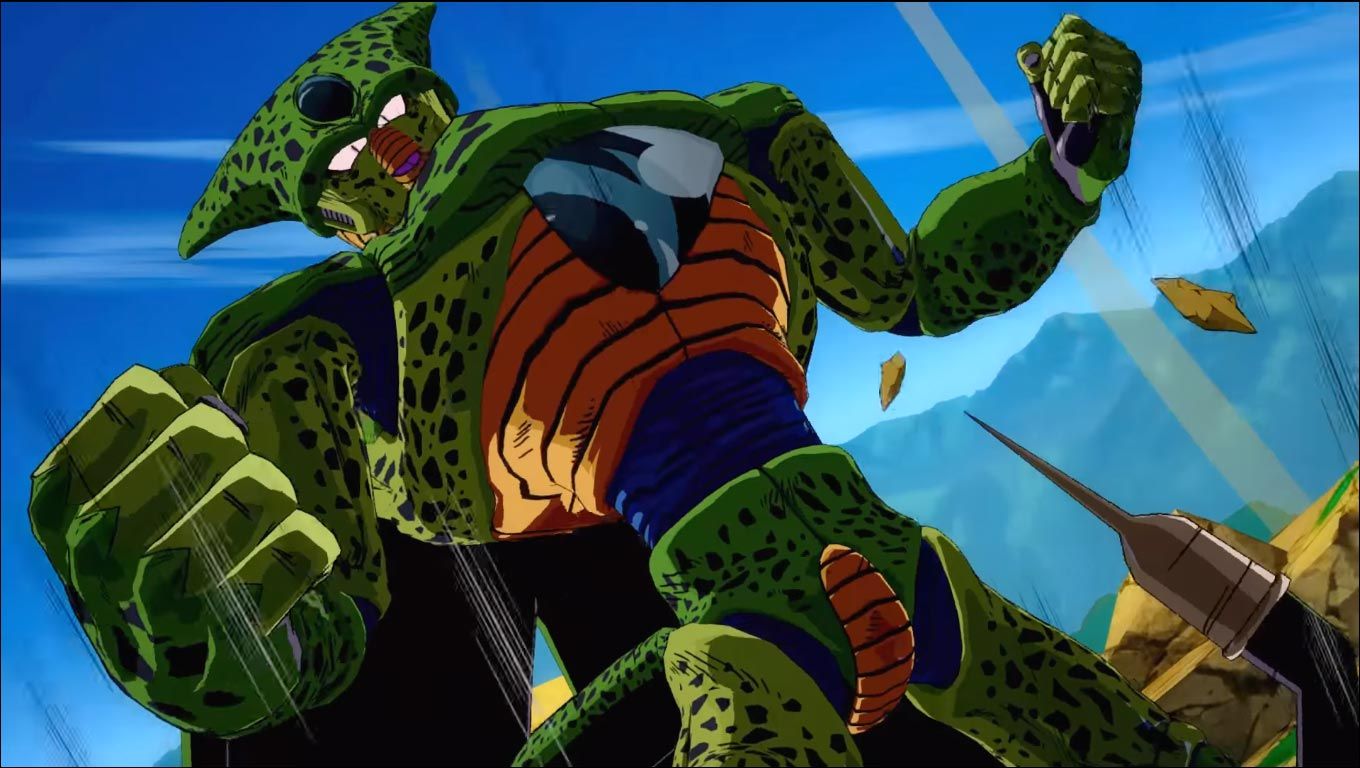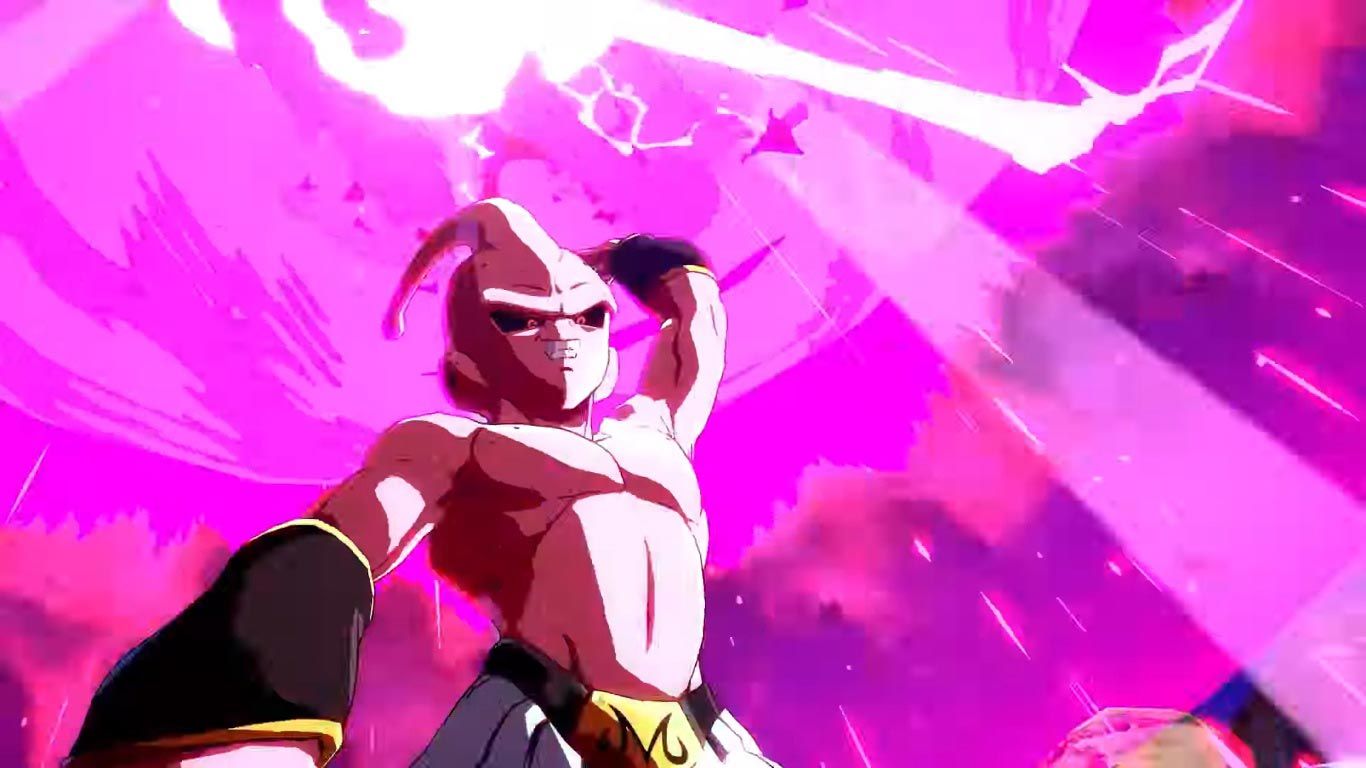Dragon Ball, as we know, is one of the longest-running and most popular franchises around. Whether as a manga, an anime, a movie series, a collection of video games, or anything else than has carried the Dragon Ball name over the years, it’s just unstoppable.
Consistently popular, yes, but that doesn’t mean it gets a free pass. Sometimes, all that renown and international cachet can work against you. All eyes are on you, and if you slip up (even ever-so-slightly), your legions of fans are going to unleash the full fury of their snark on internet message boards and comment sections everywhere.
The Simpsons knows these pressures all too well. As the show enters its third decade and approaches its 660th episode, things are getting more than a little strained. There are only so many absurd situations Homer can find himself in before they really start trying irredeemably hard, if that hasn’t happened already. The golden years of The Simpsons, even the most dedicated fans will probably tell you, are far behind it now.
The Dragon Ball series is even older (having been originally created by Akira Toriyama in 1984), and has experienced its own peaks and troughs. That’s just inevitable with any established franchise. Among them have been some major missteps like the Great Saiyaman saga and Society Survival saga, more than balanced out by fantastic storylines like the Trunks saga and original Frieza saga.
Let’s take a look at some of the lowest lows and highest highs the franchise has ever taken us to. Buckle up, it’s going to be a bumpy ride.
HURT THE SERIES: The Garlic Jr. Saga
Now, it’s never a good sign when a particular Saga is completely absent from the source material (that is, the manga). Sadly, this is exactly the case with the whole Garlic Jr. storyline, which takes place in the anime between the Sagas of Frieza and Trunks.
This isn’t unusual in anime, as fans will know, but that doesn’t make this sort of thing any easier to swallow. All of this Garlic Jr. business draws on the plot of the movie Dragon Ball Z: Dead Zone, and centers around the titular villain seeking revenge on Goku for sending him to said Zone.
There’s just something off about this whole thing. The fact that the two-bit villain of the piece (in the grand scheme of Dragon Ball) was defeated by the four-year-old Gohan, for starters.
SAVED THE SERIES: The Black Star Dragon Ball Saga
Now, stick with us here, because this one’s going to be a controversial pick for sure. The Black Star Dragon Ball Saga was the first slice of Dragon Ball GT most of us got; it proved incredibly divisive as a result.
The issue here is that GT wanted to reboot everything about the series. Dragon Ball Z was an intense, dramatic, super serious affair, while GT was all about returning to the sillier, more comedic leanings the show had prior to that.
Naturally, this move proved controversial, to the extent that Funimation cut 16 of the 17 episodes and threw in a flashback in their stead. It wasn’t until later that these lost episodes were released (literally titled The Lost Episodes).
Come on, Dragon Ball. You can’t hide them under the couch because you were ashamed of them and then later claim they were lost. Who do you think you are, Square Enix with Final Fantasy VIII?
HURT THE SERIES: The Society Survival Saga
We’ve all been suckered in by a good April Fools joke. Don’t be ashamed to admit it, it happens to the best of us. Back in the day, it was all about saran wrap on the toilet seat and that sort of thing, but the advent of the internet has made it simple for ever-more sophisticated jokes to reach all the way around the world in an instant. No website is safe on April 1, friends.
Embarrassing as being fooled can be, it’s always great to see otherwise po-faced companies getting in on the action and having a little fun themselves. For April Fools 2017, Toei Animation released the snarky Society Survival Saga, which saw Goku and Vegeta getting jobs at DB Commercial Affairs.
Office shenanigans, of course, couldn’t be further removed from Dragon Ball’s usual fare, although they did still manage to shoehorn a battle with Frieza in there.
SAVED THE SERIES: Whis’ Cheesy Deus Ex Machina
Now, this one’s a bit of a grey area. Did it save the show in a positive sense? Well, no, but it certainly did in a literal one.
Frieza is probably the most popular and prolific villain in all of Dragon Ball. Yes, he’s been defeated the most times too, but that’s more out of plot necessity most of the time. The big plus we do have to point out is that he actually did succeed in destroying the Earth, which could’ve been curtains for the franchise (what with Goku living there and all).
As we’ve reported before, though, this calamity was quickly and super-conveniently reversed by Whis, who simply reversed time a little and repaired the whole mess. While he did state that this wasn’t a simple deus ex machina, the fact remains that it… well, totally was.
HURT THE SERIES: The Namek Saga
Ah, yes. The Namek Saga. As with another other story arcs, this one has sparked a whole lot of debate among fans. Here’s the issue: the whole thing kicks off after the Vegeta Saga, which ended with a series of climactic battles that left just about everybody exhausted and barely capable of moving (if even that).
Unlike many such shows, Dragon Ball isn’t afraid to really (as in, really really) mess with its most significant characters. As such, Goku was incapable of fighting (or doing much of anything at all) when the Namek Saga kicked off.
This is no surprise, after that Great Ape business, but it still raises the question: what is Dragon Ball without Goku? Or, indeed, without the Dragon Balls?
As we’ve already argued over on The Gamer, perhaps not very much at all.
SAVED THE SERIES: The Saiyan Saga
Well, dang. Try saying Saved the Series: the Saiyan Saga with a mouthful of Dragon Balls.
Tongue twisters aside, the Saiyan Saga really was the business, wasn’t it? It consists of both the Raditz and Vegeta Sagas (such is the twisted and confusing nature of Dragon Ball story arc naming) and brought us the Saiyans doing what they do best.
Intense, protracted (and more than a little hammy, which makes them all the better) fight sequences, every more powerful forms being taken, emotionally resonant moments by the bucketload… when they said that Dragon Ball Z was going to put the silliness and humor aside and ramp up the battles and superpowers, they were not kidding.
What an introduction to this new style of Dragon Ball action.
HURT THE SERIES: Goku’s Handy Get-Out-Of-Jail-Free Card
As was the case with Whis’ convenient timey-wimey tricks (Doctor Who fans will understand), this next entry isn’t about a specific Saga in Dragon Ball history. It’s just another surprising little storyline moment that just reeks of cheapness.
As fans will know, Zeno is one of the most powerful beings in Dragon Ball history. He’s been known as Grand Zeno, Grand King Zeno and Grand Zeno the Omni-King, but all of these names boil down to the same thing: he can do whatever the heck he wants, so don’t mess with him.
When Goku meets this odd little blue/purple dude, he makes the wise decision to befriend him. As a result, Zeno gives him a curious artifact: a little button to push. On pressing it, he’s told, Zeno will appear and fix whichever mess Goku has gotten himself into.
As we’ve reported before, the prideful Saiyan isn’t the kind of guy who’d want to use such a thing often. Still, what a ridiculous backup plan to have in your back pocket!
SAVED THE SERIES: The Tournament Saga
The Tournament Saga is one of the earliest in the series (only the second in the anime, in fact). While it’s hardly a festival of character development and convoluted, plot-twist-ridden, Da Vinci Code-esque storylines, it proved pivotal to the anime and everything it would become.
As the name suggests, the Tournament Saga is all about Goku’s training with Master Roshi and participation in the twenty-first World Martial Arts Tournament. There’s a lot of the early Dragon Ball humor on display here (particularly in Roshi's training methods), but this was the arc that first presented fighting as a focus for the story.
More than this, it introduced Bacterian, the most hilariously awful ‘villain’ the series has ever produced. A huge, powerful martial artist who never bathes or brushes his teeth to give himself an edge in battle (his opponents have to fight with one hand because they’re using the other to hold their nose). Sure, why not? Let’s not forget Krillin’s introduction either.
HURT THE SERIES: The Great Saiyaman Saga
You might know this one better as The High School Saga, which… probably tells a lot of you all you need to know.
This whole sorry affair is set seven years after the Cell Games, presenting Gohan as a teenager. Deciding to study rather than continue his training, he’s attending Orange Star High School. Vegeta is now married to Bulma, Goten has been born… it’s a wild time to be alive.
The trouble with all of this faux superhero business is that it’s all a little odd. Granted, oddness isn’t anything that anime series will ever really shy away from, but it’s all a bit too Persona and not enough Dragon Ball for a lot of fans. Still, some people are into that, and that’s totally fine too.
SAVED THE SERIES: The King Piccolo Saga
We’re only at the halfway point in this little rundown of Dragon Ball’s best and worst storylines, but we’ve seen a real mixed bag already. Powerful storylines, emotionally charged moments, and Sagas that eschew all of that for some pure martial arts action.
Then, of course, there were the shonkier storylines that didn’t manage to capture any of this.
The King Piccolo Saga certainly did, though, bringing us some of the most intense action Dragon Ball had seen up to this point.
The first grim demise of a major character, some incredibly gripping action, and a super strong villain made this Dragon Ball gold.
Heck, this was an excellent era for the anime in general, and King Piccolo’s Saga certainly played a big part in that.
HURT THE SERIES: When In Doubt, Throw In An Android Or Twenty
Now, we can totally appreciate the role that the Androids played in Dragon Ball history. They were formidable opponents, they tested our heroes and proved that all kinds of forces were being brought to face, they were just downright vicious. They also paved the way for Cell, and that’s a whole different level of threat right there.
Having said that, though, this sort of thing tends to give diminishing returns. As villains, the various Androids of Dr. Gero’s design really did vary in strength, threat level and impact on the series as a whole. They were a little generic at times, and that’s not really something that you can say of a lot of Dragon Ball’s villains. The Android production line just went on a little too long.
SAVED THE SERIES: The Frieza Saga
As we know, then, Dragon Ball Z was the series that took everything into a more action-oriented direction. Yes, that silliness that defined the early installments of Dragon Ball Z was all well and good, but in this era of the franchise, it’s all about dramatic action.
Frieza can always be counted on to bring dramatic action to the table. Probably the best-known and most popular villain in Dragon Ball history, this malevolent mutant just could not and would not be stopped. Well, he certainly could, but not permanently.
The action of the Frieza Saga mostly takes place on the planet Namek, and the highlight is the absurdly long battle between Frieza and Goku. That’s what we all came for, after all, and there’s no doubt that they milked every ounce of hype out of it. What a showdown.
HURT THE SERIES: The Babidi Saga
Unsurprisingly, the Tournament Saga was a popular concept, and the team went on to revisit it. The more combat-oriented Dragon Ball Z was the ideal place to do so, and so the World Tournament Saga was created. Sadly, the arc itself only showed half of the tournament action, with everything being wrapped up in the far less engaging arc that followed.
As a way of buying time until the whole Majin Buu thing kicked in, the Babidi Saga was a bit transparent. Babidi himself was powerful enough, but totally forgettable as a villain in the grand scheme of things. Perhaps it wouldn’t have been so bad if he wasn’t arriving immediately before a Big Bad that absolutely eclipses him.
Still, those are the breaks sometimes.
SAVED THE SERIES: The Trunks Saga
Dragon Ball has never been afraid to think outside the box, mix things up, keep fans guessing. This extends to the very layout of the show itself. These Sagas aren’t all neatly divided into even chunks, like seasons of a series. Interestingly, one of the shorter Sagas packs in much more action and drama than its measly eight-episode span might suggest.
The Trunks Saga definitely doesn’t outstay its welcome. Just eight episodes, perhaps, but what episodes they are. This was the arc that brought us one of the most iconic moments in Dragon Ball history: Frieza’s demise (or, one of them) by the blade of Future Trunks.
This storyline slots in between the Garlic Jr. and Android Sagas, definitely helping to build that momentum that the Android Saga would need.
HURT THE SERIES: Red Ribbon Army Saga
As we’ve established, long-running shows are always going to have highs and lows. Sometimes, creators just don’t get the memo that it’s time to stop, and things drag on and on rather than ending gracefully. We’re looking at you again, The Simpsons.
Nevertheless, there’s something else we’ve got to bear in mind too. Often, these sorts of things are just a matter of opinion. Every Dragon Ball fan has their favorite and least favorite arcs, and there will always be heated debates in the community about that.
There are certainly some that are less popular, though, even if they aren’t necessarily bad. Take the Red Ribbon Army Saga. There’s very little threat or excitement until Tao Pai Pai’s appearance, and it doesn’t contribute an awful lot to the series as a whole.
Is it especially bad? Not really. Would we particularly miss it if it wasn’t there? Not really.
SAVED THE SHOW: Captain Ginyu Saga
As we saw earlier in this rundown, the Namek Saga doesn’t tend to be a fan favorite. With its lack of focus on Goku and the Dragon Balls themselves, essential elements of the anime are missing. There’s a whiff of filler about it (which is nothing new in anime, of course), as we wait for Goku to inevitably return to his battling best.
The Captain Ginyu Saga kicks in immediately afterward (just before/as part of the Frieza Saga, depending on the ordering conventions you’re going by), and showcases a Goku who’s back at the peak of his powers.
In his defeat of Burter and Jeice, Goku sets the stage for Captain Ginyu’s attack, and, ultimately, Frieza’s.
It was all going off here, friends, that’s for darn sure.
HURT THE SHOW: Why Is Bio-Broly A Thing, Again?
The Dragon Ball fandom just can’t seem to agree on their feelings about Broly. Granted, no fandom can ever really agree on anything, but this is especially true where Broly’s concerned. The supposed ‘only’ Legendary Super Saiyan, canon just goes haywire around this guy. What’s real? What isn’t? How could we possibly know?
One thing we do know for sure is that he has a very shonky alternate form: Bio-Broly. It’s actually a mutated clone, and the star of its own movie: Dragon Ball Z: Bio-Broly.
The odd thing, though, is that we just can’t tell where this Thing From The Swamp wannabe ranks, strength-wise. Is it more powerful than the original Broly? Can it do things he can’t? Is there even any real reason for it to exist at all? The world may never know.
SAVED THE SHOW: The Cell Saga
The Dragon Ball franchise has seen a whole array of brilliant, creative and ridiculous villains. Some have failed horribly, some have come super close to achieving their aims, some have even done so. Quite a few of those have had their successes retconned out of existence, but heck, that’s not their fault, is it?
If you weren’t impressed by the Androids, behold Dr. Gero’s ultimate creation. Cell possesses the DNA of legendary warriors such as Goku and Frieza, and he was one heck of a villain. As we stated over on CBR, when he attained his perfect form and staged the Cell Games, it marked a standout moment in Dragon Ball history.
HURT THE SERIES: The Kid Buu Saga
As the Dragon Ball community will tell you, the whole overarching Buu saga is super polarising. It’s the marmite of Dragon Ball, if you will.
What’s at the core of this? It’s tough to say for sure. There’s no shortage of dramatic action here, that’s for certain, but we’ve become accustomed to high stakes coming with our theatrical Dragon Ball combat. Kid Buu destroyed the earth as first act on achieving this form, yes, causing the grim demise of Goku and Vegeta’s sons, but did all of that have any lasting repercussions?
In the end, Goku simply (and literally) wished away everything Kid Buu had done, which made the whole storyline seem more than a little pointless. Not that it wasn’t a heck of a spectacle to behold.
SAVED THE SERIES: The Majin Buu Saga
So, yes, the Kid Buu Saga wasn’t all it could have been. Some of this is due to the ending, as these convenient little fixes to devastating events aren’t really what Goku and the Z-Fighters are all about. Still, you can’t question the Dragon Balls. Or the Namekian Dragon Balls, in this case.
Without the pressure of ending the overarching Buu business itself, the Majin Buu Saga was excellent. It’s also proven divisive but does boast some iconic moments.
Dragon Ball Z’s first showcase of the Super Saiyan 3 transformation? One of the franchise’s most creative and original villains? These are things that true fans must surely appreciate.
Majin Buu’s preferred way of dispatching his enemies is to transform them into cookies and then eat them. If that’s not a party trick that just demands respect and admiration, we don’t know what is.

